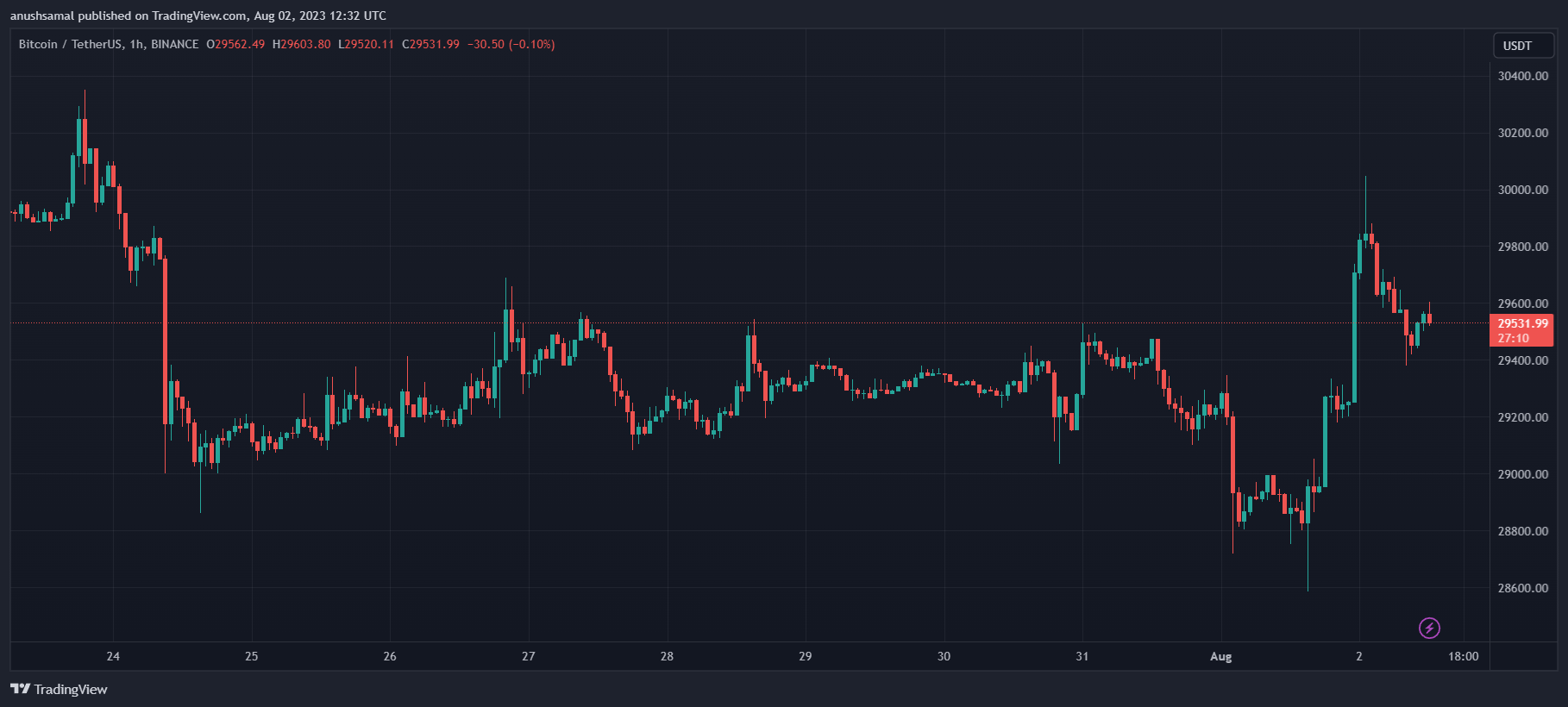The environmental influence of Bitcoin mining has sparked intensive discussions, primarily centered round its vitality consumption throughout the mining course of.
Bitcoin’s mining depends on a proof-of-work (PoW) consensus mechanism, the place miners compete to resolve a mathematical drawback via computational efforts, resulting in the addition of transactions to the blockchain.
This course of entails repetitive hashing till a particular output is achieved. Nonetheless, the PoW method calls for vital vitality utilization as a result of its computational nature, and this stays a major contributor to the crypto asset’s total vitality consumption.
As stakeholders, together with shoppers, regulators, and buyers, more and more prioritize the pursuit of Web Zero emissions, the vitality facet of Bitcoin mining has come below the highlight as a important space of concern.
Understanding the vitality consumption of Bitcoin mining is essential. Like electrical autos (EVs), BTC doesn’t produce direct emissions (Scope 1 emissions) as its mining {hardware} (ASICs) operates on electrical energy.
Nonetheless, sure eventualities might result in Scope 1 emissions, reminiscent of repowering under-utilized era belongings or utilizing waste gasoline, like pure gasoline flared throughout oil and gasoline manufacturing actions. Scope 1 emissions are direct greenhouse gasoline emissions originating from sources owned or managed by an organization or entity.
Bitcoin’s Emissions Considerably Decrease Than Different Industries
For perspective, Bitcoin’s vitality consumption is roughly 110 terawatt-hours per 12 months, accounting for roughly 0.55% of world electrical energy utilization. Surprisingly, this locations Bitcoin’s influence on par with the vitality required to run tumble dryers.
Such a discovering is noteworthy, particularly in mild of the cryptocurrency’s longstanding criticism relating to its vitality consumption.
The true concern lies elsewhere; the first concern just isn’t using vitality, however relatively the emissions ensuing from the manufacturing of that vitality, significantly from the burning of fossil fuels.
To supply a complete comparability, it is very important assess the emissions related to BTC’s operations in opposition to these of assorted industries and providers.

Advised Methods Of Decreasing Carbon Footprint
The report highlights 4 strategies to scale back the carbon footprint in Bitcoin mining. The primary is renewable vitality, the place miners optimize operations and use underutilized renewable vitality sources, like hydro, wind, or photo voltaic, decreasing carbon footprint and selling renewable vitality growth.
The subsequent is grid stability is which miners take part in demand response applications, adjusting energy utilization to assist grid stability and scale back emissions.
Coming third on the checklist is the act of warmth recycling. On this case, miners repurpose mining rig warmth for heating houses, buildings, and swimming pools, slicing carbon footprint and using wasted vitality.
Final however not least is methane discount. Doing this enables corporations like Crusoe Power convert flared gasoline into electrical energy for BTC mining, decreasing methane emissions and creating useful vitality.
Associated Studying: Massive 4 Agency KPMG Provides Bitcoin And Ethereum To Its Treasury
In conclusion, Bitcoin has proven appreciable potential throughout an ESG framework. Its steady evolution and innovation have led to numerous functions, starting from stabilizing vitality grids to decreasing greenhouse gasoline emissions and offering sustainable warmth to properties.
Some promising use circumstances embody facilitating ease of funds, enabling cross-border transactions, offering entry to electrical energy in rural Africa, and selling monetary inclusion for the roughly 1.4 billion individuals nonetheless unbanked.
Because it progresses, BTC’s function within the renewable vitality transition and its utility as a monetary instrument in varied socio-economic contexts will turn out to be much more outstanding.

Featured picture from, chart from TradingView.com








![Methods to Purchase DeFi Pulse Index on CoinStats [The Ultimate Guide 2022]](https://bitrrency.com/wp-content/uploads/2022/05/DeFi_Pulse_og-100x70.png)

